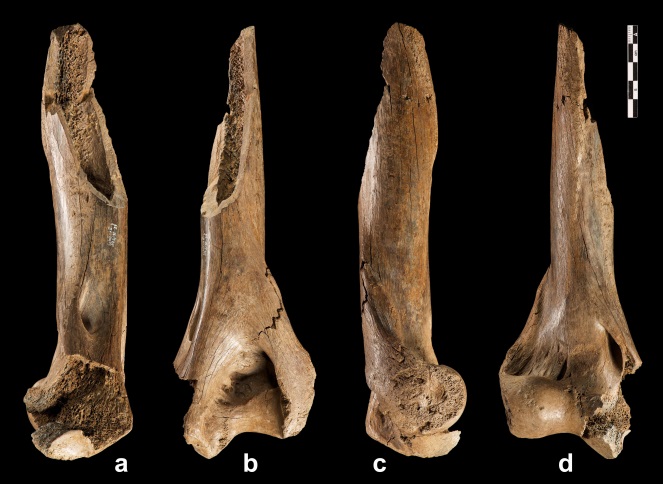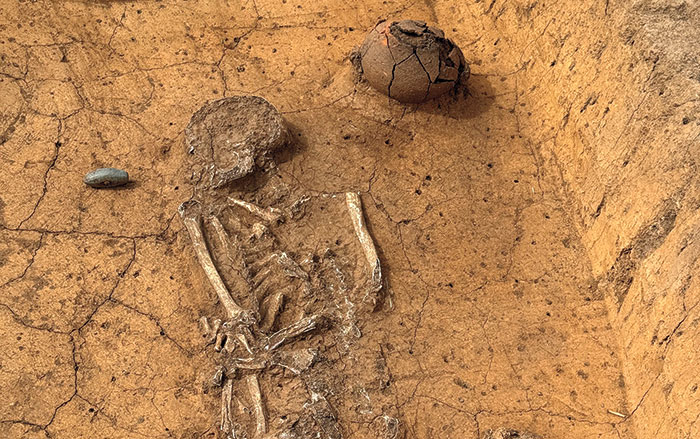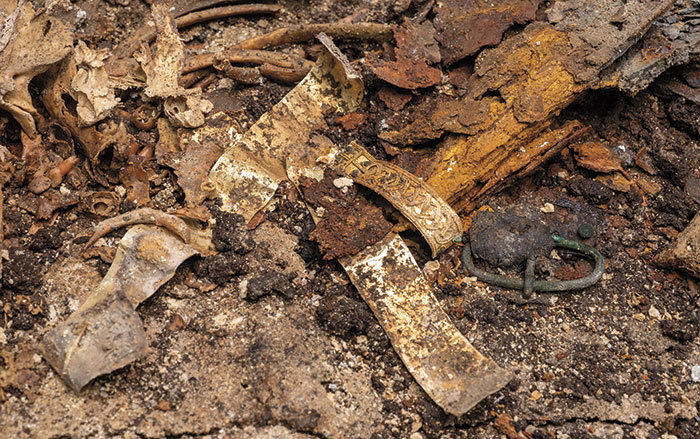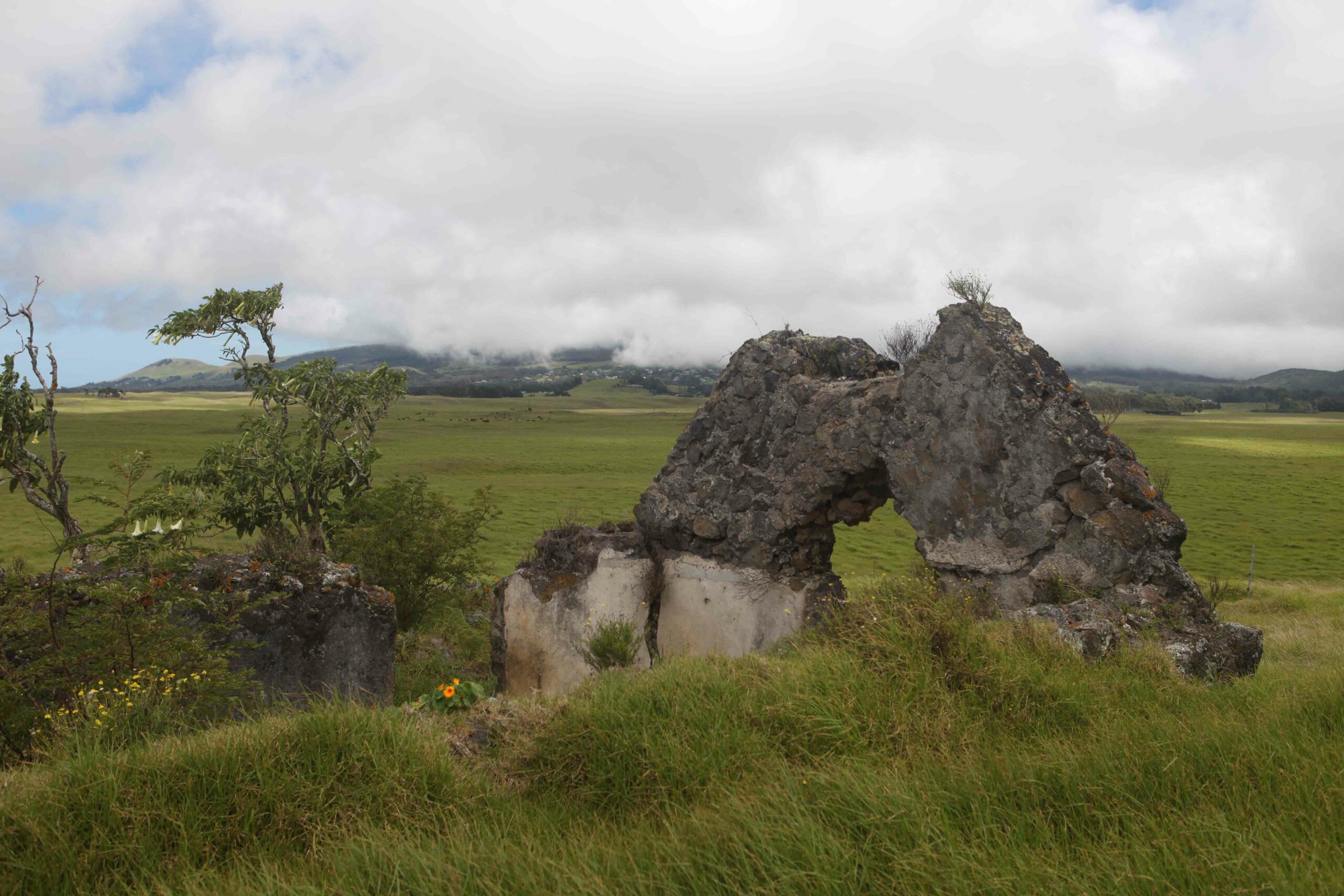
TÜBINGEN, GERMANY—Hominins living 300,000 years ago at the site of Schöningen were more like modern humans than had been previously thought, according to Nicholas Conard, Jordi Serangeli, and Christopher Miller of the University of Tübingen and the Senckenberg Center for Human Evolution and Palaeoenvironment. They say that Homo heidelbergensis lived in social groups, conducted coordinated group hunting, and communicated about the past, present, and future. Excavations at Schöningen have recovered well-preserved Paleolithic wooden, bone, and stone tools, including a unique hammering tool made from the humerus of a saber-toothed cat. The site has also yielded evidence of the hunting and butchering of large animals. The team has not, however, found convincing evidence at the site for the mastery of fire by Homo heidelbergensis. “The findings from Schöningen suggest that archaic humans may have been able to survive in the Ice Age landscape of northern Europe without being able to make and control fire,” Miller explained in a press release. A special issue of the Journal of Human Evolution is devoted to the Schöningen excavations. To read more about Homo heidelbergensis, go to "A Place to Hide the Bodies."












